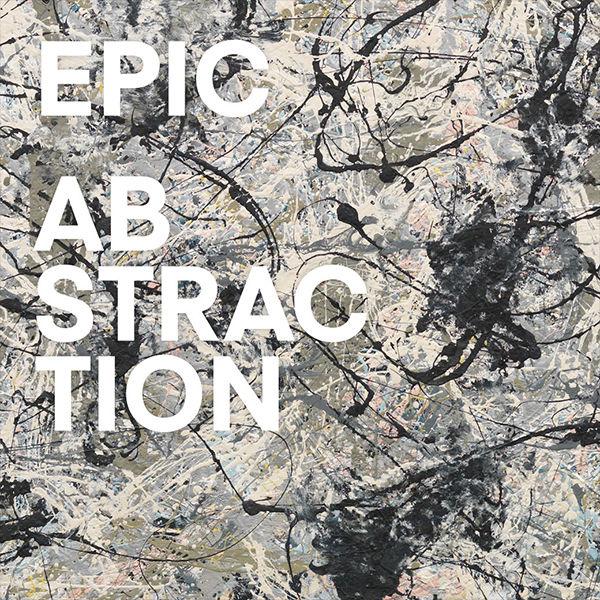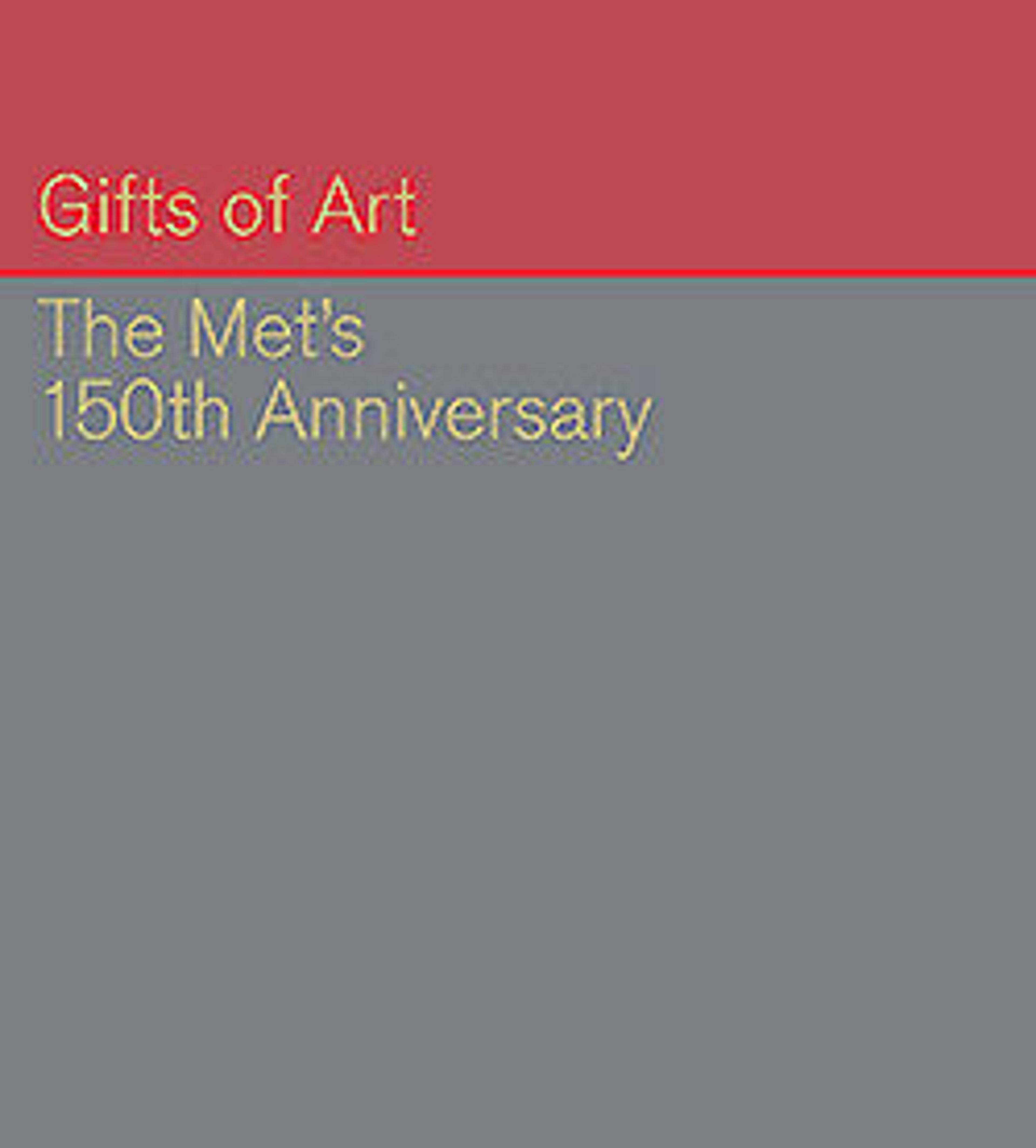Equilibrio
Artwork Details
- Title: Equilibrio
- Artist: Carmen Herrera (Cuban, Havana 1915–2022 New York)
- Date: 2012
- Medium: Acrylic on canvas
- Dimensions: 48 × 60 in. (121.9 × 152.4 cm)
- Classification: Paintings
- Credit Line: Gift of Estrellita and Daniel Brodsky, in celebration of the Museum's 150th Anniversary, 2019
- Object Number: 2019.476
- Rights and Reproduction: © Carmen Herrera; Courtesy Lisson Gallery
- Curatorial Department: Modern and Contemporary Art
Audio

2092. Carmen Herrera, Equilibrio
Gallery 922
NARRATOR: Equilibrio, painted in 2012, is representative of Carmen Herrera’s decades-long career as an artist practicing geometric abstraction. Iria Candela is the Estrellita B. Brodsky Curator of Latin American Art in the Department of Modern and Contemporary Art.
IRIA CANDELA: It's very impactful; you have a sense of monumentality in a composition that is visually very striking and stimulating and is about the equilibrium of geometric shapes within the picture frame.
NARRATOR: Geometric abstraction is a modern art trend based in rationalism and logic that started in Europe in the early 1920s. The inverted triangles balance on point and share a vertical axis, creating a dynamism and at the same time a sense of balance.
The crisp geometry evokes a hard-edged feeling that is reinforced by the stark palette. Some of Herrrera’s paintings feature bold colors like red and green, but she comes back to this combination over and over again.
IRIA CANDELA: Black and white is what really allows her to concentrate more specifically on the compositional aspect of the painting, on the geometric forms to be really highlighted and expressed.
NARRATOR: The acrylic paint is applied without a hint of texture—an attempt to eliminate evidence of the artist’s hand at work.
Born in 1915 in Havana, Cuba, Herrera is one of a number of Latin American artists who made their way to Europe and North America. She studied in Paris before returning home to study architecture and finally settling in New York City in the 1950s.
IRIA CANDELA: She actually was a friend of all the artists of the New York School of her generation, but she remained completely unknown in the city and internationally for many, many decades.
NARRATOR: She began to gain recognition in the nineties, and she continues to make art, with the help of her studio assistants.
IRIA CANDELA: She is now 103 years old, and she’s still working in her studio downtown in Manhattan. So we can revisit her and the audience can get to know her better.
More Artwork
Research Resources
The Met provides unparalleled resources for research and welcomes an international community of students and scholars. The Met's Open Access API is where creators and researchers can connect to the The Met collection. Open Access data and public domain images are available for unrestricted commercial and noncommercial use without permission or fee.
To request images under copyright and other restrictions, please use this Image Request form.
Feedback
We continue to research and examine historical and cultural context for objects in The Met collection. If you have comments or questions about this object record, please contact us using the form below. The Museum looks forward to receiving your comments.
